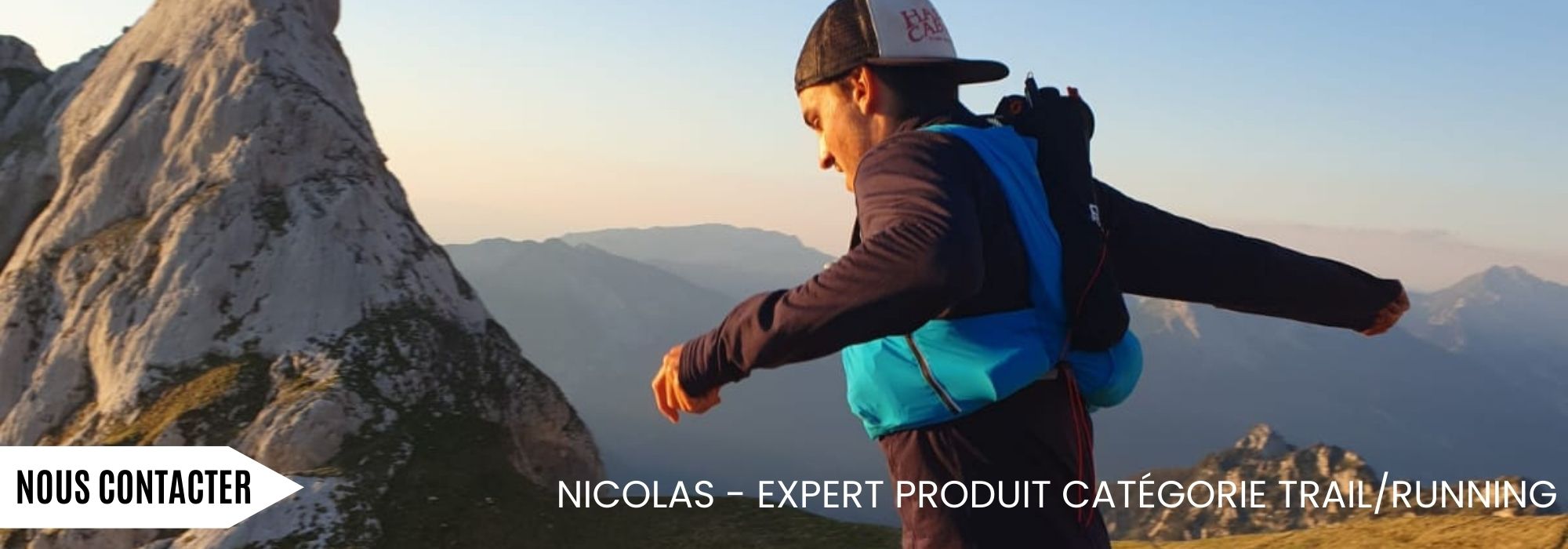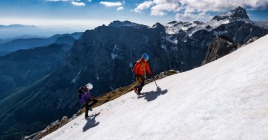We advise you on the choice of your trail shoes. The Trail Running is a sport of running in the open air. It is an outdoor activity that combines nature, effort, discovery and performance on different types of terrain. Discovering new landscapes, setting goals, enjoying nature, releasing the pressure of everyday life, the trail is a perfect hobby for all this, among others.
Trail running, a sport for everyone!
Whether you are a " pleasure" or a " performance " trail runner, it is important to find the right shoe for you! We advise you through the different criteria of choice.
The use of trail shoes
The first step in selecting the right pair of trail shoes is to ask yourself what you do. Indeed, you will not choose the same shoe if you run on a short distance or on a long one. For a short distance, we recommend light and technical trail shoes. For medium trails, you need a mix of lightness, cushioning, comfort and grip. For ultra-trails, we recommend a shoe with more cushioning and protection to avoid foot injuries.
On what type of terrain?
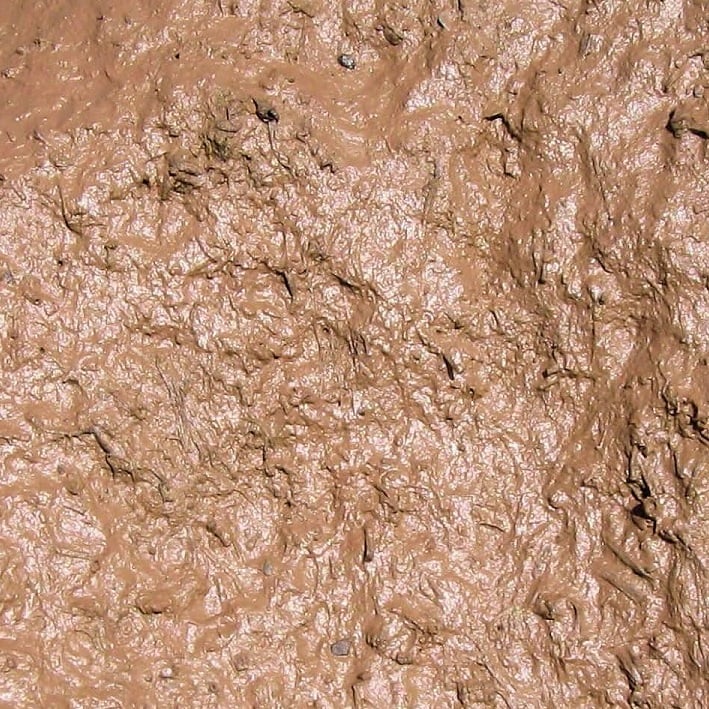 |
On greasy ground, you need to choose a pair with a very good grip, with deep and spaced crampons so that the mud can be removed. |
 |
On mixed terrain, mainly on trails, you should choose a light, versatile and flexible shoe. |
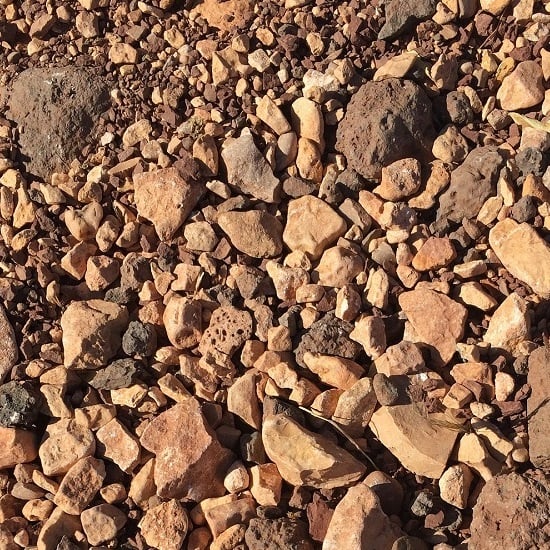 |
On rocky terrain, a stiffer sole will be more stable. We recommend a shoe with more protection on the upper, stone guard, a material that is more resistant to abrasion. |
 |
On snowy terrain, you need a shoe with good grip and marked studs, protection against the elements with a waterproof membrane such as Gore-Tex, some shoes. To avoid getting your feet wet, we recommend that you also wear waterproof gaiters. |
ADVICE FROM THE PRODUCT EXPERTS
 |
|
| Nicolas - trail expert |
 |
|
TO KNOW |
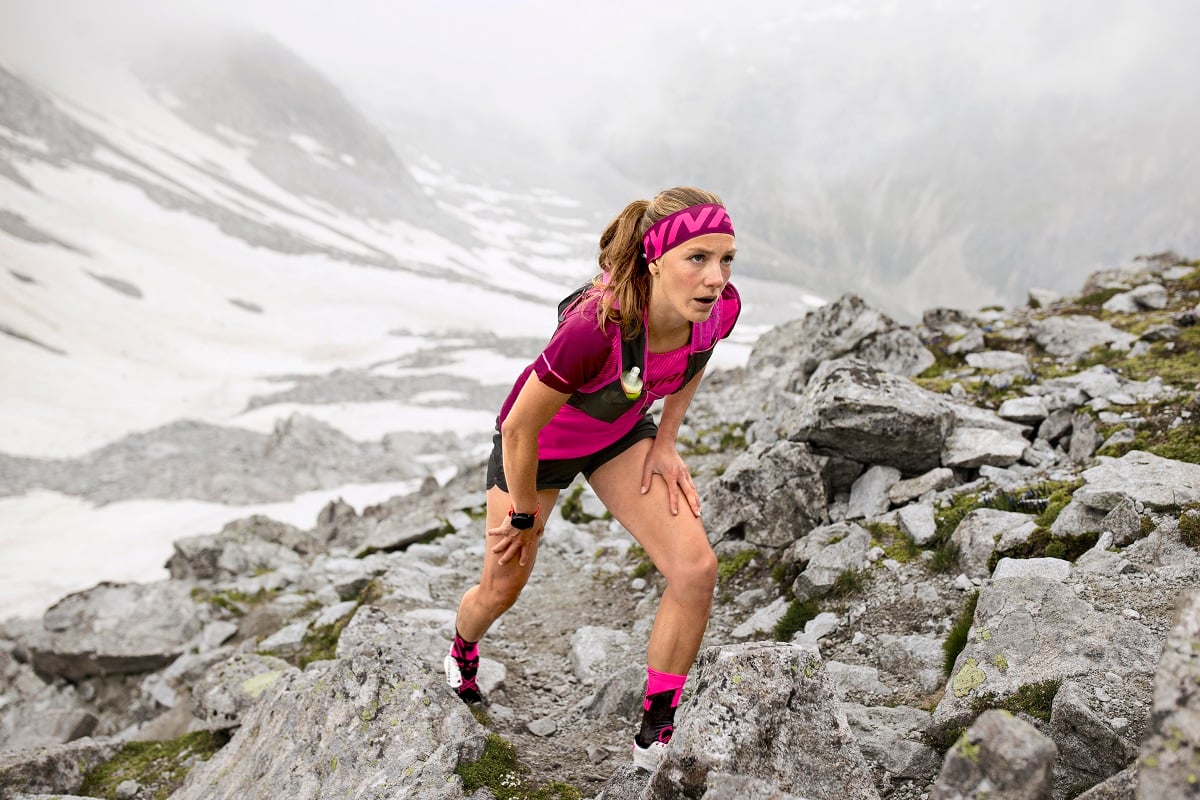
The components of a trail shoe
.png)
The mesh
The choice of the mesh on top of the shoe, often called mesh, is important and depends on the use you have of the shoe. A dense and tight mesh provides protection and support for the foot, but the breathability of the shoe is reduced. When on the contrary, the shoe has an airy mesh, it will allow a faster evacuation of water. It is therefore important to choose your mesh according to the terrain where you practice.
If you are going on a stony ground, the mesh must be resistant, on a wet ground a tightened or even waterproof mesh will be appropriate, on a dry ground, the ideal is to have a more ventilated mesh to gain in breathability. It can also be interesting to take an additional protection against the weather elements. In particular in winter, on wet and muddy ground, it is advisable to take trail shoes with a waterproof protection. The reference in this area is often Gore-Tex but many brands of trail shoes have now developed their own waterproof membranes
The sole
The sole
of the shoe also has a role in your choice. It is composed of 3 soles:- the insole which brings comfort and evacuation of sweat,
- the midsole which contributes to stability andcushioning,
- the outsole which is in direct contact with the ground , its role is to providegrip and hold on to all types of terrain.

The drop
Another important component of a trail shoe is the drop. This can strongly influence your stride. The drop is the difference in height between the front and the back of the shoe and therefore corresponds to the inclination of the foot in the trail shoe. It is measured in millimeters, generally from 0 to 12mm. You should pay particular attention to the drop when choosing a trail shoe because it can cause injury if it is not adapted to your practice. Indeed, the higher it is, the more it pushes you to put the heel first, which increases the impact
and tends to traumatize your joints and your body. The universal drop is 8mm. The more you run, the more you know your stride and the more you can choose shoes with the right drop for your use. With a lower drop, you run more on the front of the foot, limiting impact but putting more strain on the calves.Protection
Then the protection
is also to be taken into account in the choice of your trail shoes. Again, this will depend on the type of terrain you run on. If you run on rocky terrain, it is preferable to have stone guards to protect your feet, which tends to make the shoe heavier. On the other hand, on softer paths, it is ideal to have lighter shoes that are less rigid than those with stone guards.Comfort
Finally, comfort is one of the most important criteria. To begin with, when you try on shoes, you must feel good in them immediately. If you feel the slightest discomfort, forget it, as it is likely to get worse during your trail runs. The best thing to do is to walk, then run to test them. As for the size of the shoe, it is preferable to choose a half, or even, according to certain brands, a size above your daily shoe size. The goal is to avoid friction of the feet that swell with the effort and the heat, while keeping the precision and the foot maintained.TO REMEMBER
- Feeling good in your sneakers is the basis!
- To select the right pair of trail shoes for you, you need to ask yourself about your practice.
- The drop can strongly influence your stride.


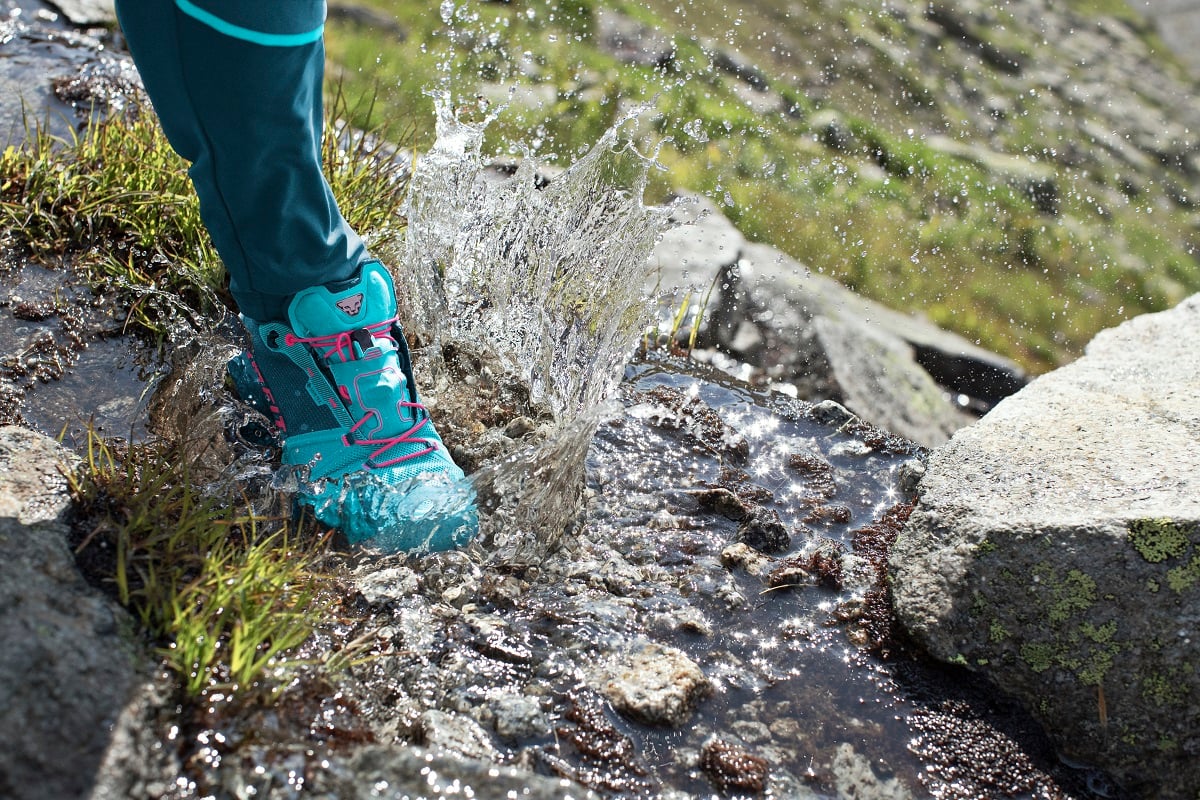
.jpg)


